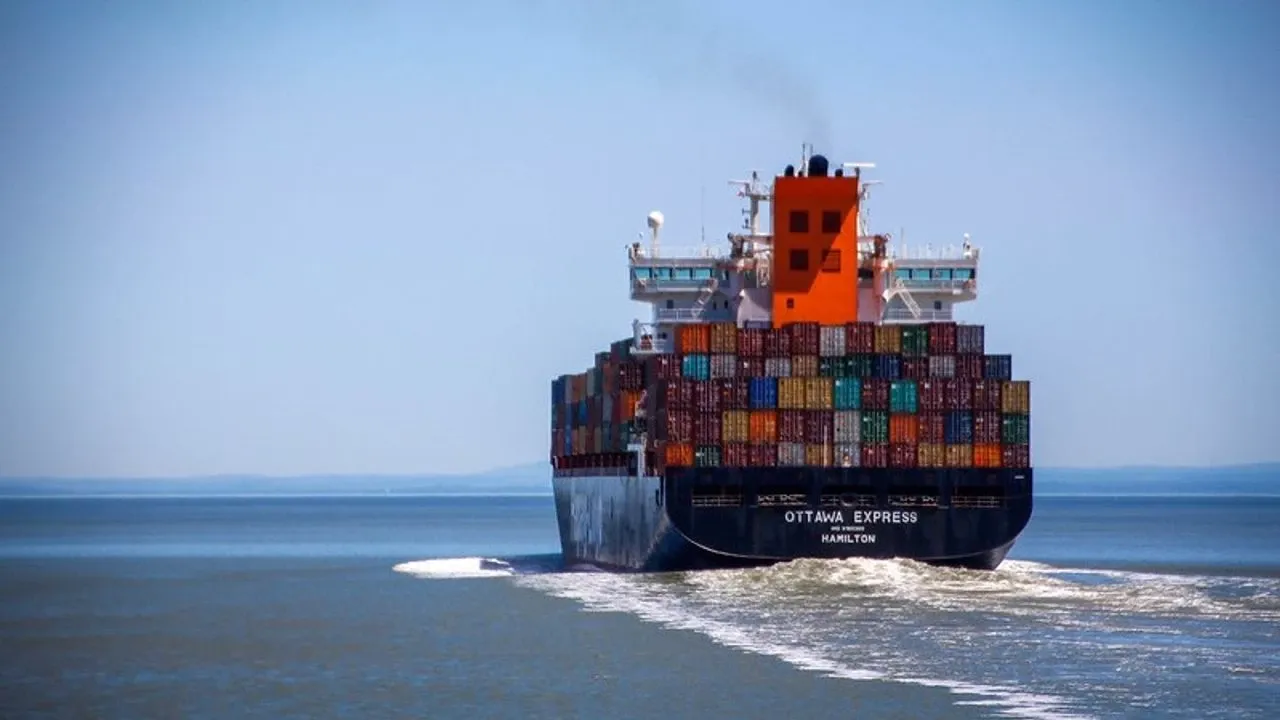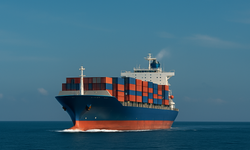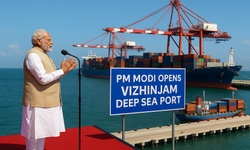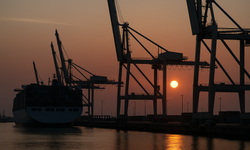This week’s discussions have provided further momentum toward finalizing a carbon levy in April, with potential adoption in October. This could mark the world’s first universal fee on international polluters. A successful deal would revitalize international cooperation in UN forums ahead of COP.
Universal Carbon Levy on GHG Emissions
Several countries have aligned on a global carbon levy, with 48 states from the Caribbean, Pacific, Africa, Asia, and Europe—representing the majority of the world’s shipping fleet—supporting a levy within the range of $18-150 per tonne of GHG emissions. Dominica, Senegal, and Switzerland backed the levy for the first time, joining an additional 13 countries, including Georgia, Grenada, Kiribati, Malawi, Mexico, Namibia, Nauru, New Zealand, Trinidad and Tobago, and Turkey.
While no final agreement has been reached, the shipping industry backs a universal levy as the best way to accelerate the transition to net-zero emissions by 2050.
Approximately three-quarters of IMO Member States strongly support the GHG contribution system proposed by the '50-plus group' of governments and ICS. However, concerns raised by a significant minority, including China and Brazil, must be addressed pragmatically to secure full consensus.
Agreement on IMO Fund
A significant positive development is the broad agreement to establish an IMO Fund, a concept long championed by ICS. This fund—expected to generate billions of dollars annually from ship emissions charges—will provide financial incentives for early adopters and ships using zero and near-zero (ZNZ) fuels such as green methanol, biomethane, green ammonia, and sustainable biofuels.
These incentives are critical to bridging the cost gap between conventional fuels and the adoption of new energy sources.
GHG Fuel Standard
Details remain unresolved regarding the proposed GHG intensity fuel standard. However, ICS is encouraged that its simpler proposal for GHG surcharge fees—applicable to ships unable to comply due to fuel availability constraints—remains under consideration.
Developing countries broadly support a simpler, more transparent approach, as opposed to a complex system requiring compliance unit trading with unpredictable pricing. A key concern for shipowners is whether pooled compliance among different shipping companies will be permitted, given the limited availability of compliant marine fuels.
The Global Fuel Standard (GFS) aims to drive the adoption of zero-emission energy sources in shipping, with the goal of fully decarbonizing the sector by 2050. Ahead of this week’s discussions, Transport & Environment (T&E) and over 60 conservation NGOs called for the exclusion of biofuels from shipping’s future energy mix.
Key questions remain about the levy’s price, scope, and revenue distribution, as well as the specifics of the GFS.
Urgent Need for Pragmatic Solutions
To ensure progress, ICS will continue to propose constructive solutions, particularly regarding economic incentives for ZNZ fuels. ICS’s Platten emphasized that achieving consensus is vital to meeting the revised GHG Reduction Strategy adopted in 2023.
The IMO is set to finalize carbon pricing negotiations from April 7-11, with an expected adoption in autumn 2025 to meet global climate commitments.
Blánaid Sheeran, Policy Officer for Climate Diplomacy at Opportunity Green, pointed out that while confidence remains in IMO Member States meeting their timeline, significant work remains, particularly on economic measures. Over 50 countries support a levy on shipping’s GHG emissions, but a strong and equitable pricing mechanism is not yet guaranteed.
Christiaan De Beukelaer, Senior Lecturer at the University of Melbourne, noted that a diverse coalition of countries now backs a shipping levy, marking a significant step for climate action. However, fossil fuel-subsidizing nations, including Brazil—despite their leadership in climate discussions—continue to block progress, raising concerns about their influence in delaying key reforms.
UNCTAD’s expert economists argue that a levy is the most effective mechanism for facilitating the shipping industry’s energy transition at the lowest cost while generating revenue for climate adaptation and mitigation.
The World Bank estimates that a $100/tonne levy on GHG emissions could generate up to $60 billion annually. However, the allocation of these revenues—particularly how much should be directed to developing and climate-vulnerable countries—remains a critical point of debate at the IMO.
This week, the IMO’s 176 member states convened in London for an intersessional round of negotiations (ISWG-GHG 18) ahead of the crucial summit in April (MEPC 83).







